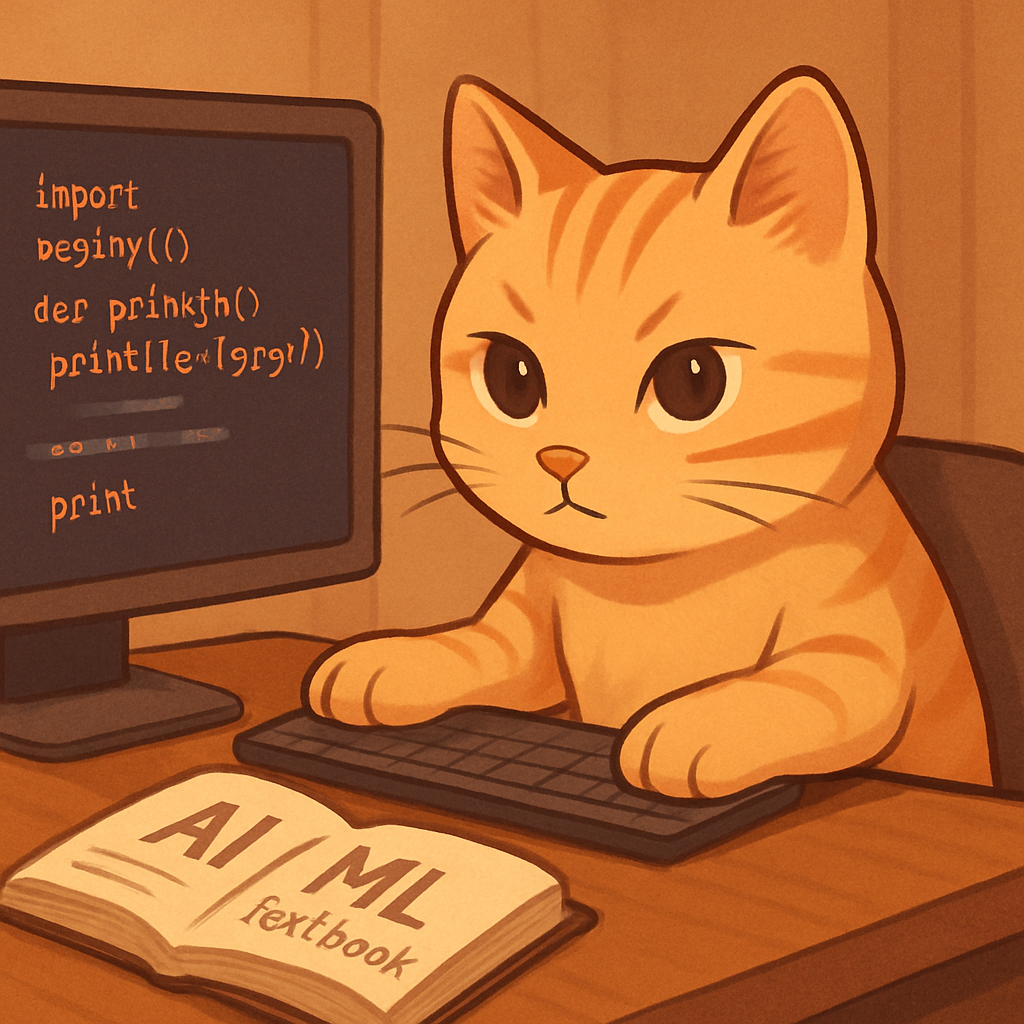Learning SQL One Question at a Time: What I Asked and Understood
Introduction
Today, I didn’t just “study SQL.” I struggled with it, debugged it, rephrased it, and kept asking questions.
Each time something didn’t work, it pushed me to think more clearly — and that’s exactly how I learned.
This post is a log of my real questions and the understanding I built through them.
1. “Why does SQL give an error if I use ORDER BY twice?”
-- Incorrect
ORDER BY title DESC
ORDER BY rental_rate DESC;
The problem: SQL only allows one ORDER BY clause. You must separate multiple sort conditions with commas.
Fix:
ORDER BY title DESC, rental_rate DESC;
2. “How do I find words that are exactly 5 letters long?”
Answer: Use CHAR_LENGTH() or LENGTH() to filter based on string length.
SELECT * FROM users WHERE CHAR_LENGTH(username) = 5;
3. “My date is in Y-M-D format. How do I filter by year?”
Answer: Use the YEAR() function to extract just the year from a date column.
SELECT * FROM orders WHERE YEAR(order_date) = 2023;
4. “Why do I get an error when I use HAVING?”
The issue: HAVING must follow GROUP BY and only works on aggregated values.
Use WHERE to filter before grouping, and HAVING to filter after.
SELECT customer_id, COUNT(*) AS order_count
FROM orders
GROUP BY customer_id
HAVING order_count >= 5;
5. “How do I load a .sql file into MySQL using DBeaver?”
Answer:
- In DBeaver, connect to your database
- Right-click the connection →
Tools > Execute SQL Script - Choose your
.sqlfile and run it
What I Realized
Today wasn’t about learning new SQL commands — it was about understanding how to think in SQL:
- Why the order of clauses matters
- Why small syntax choices break whole queries
- Why it’s better to ask lots of tiny questions than to memorize templates
What I Want to Do Next
- Practice writing grouped queries with multiple conditions
- Learn to debug long SQL blocks by breaking them into parts
- Start using aliases more clearly to improve readability
- Try creating subqueries with
IN,EXISTS, and nestedSELECTs
SQL isn’t just a query language — it’s a way of thinking about logic, filtering, and structure.
And today, I got better at thinking like that — one question at a time.
